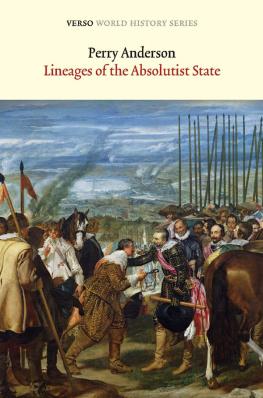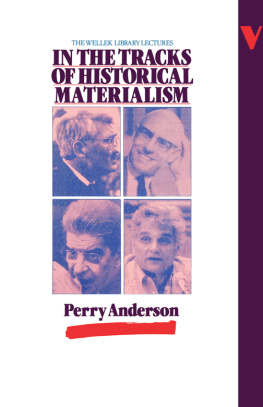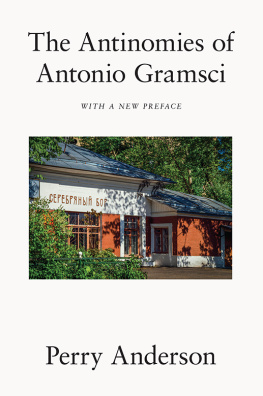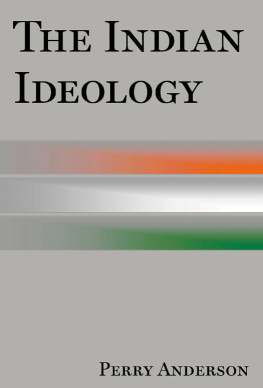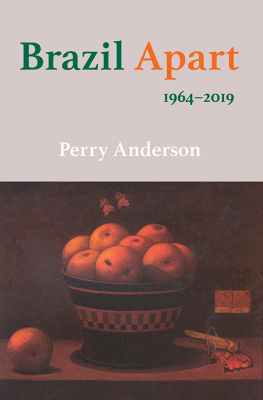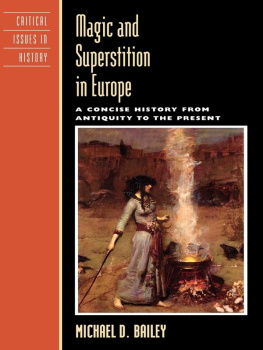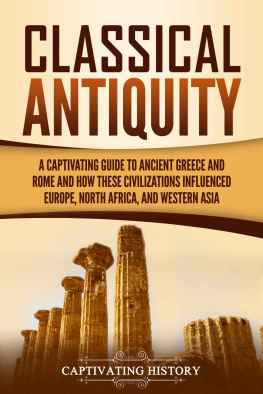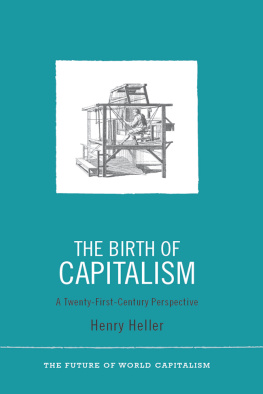
Passages
from Antiquity
to Feudalism

PERRY ANDERSON

Contents
Some words are necessary to explain the scope and intention of this essay. It is conceived as a prologue to the longer study, whose subject matter follows immediately on from it: Lineages of the Absolutist State. The two books are articulated directly into each other, and ultimately suggest a single argument. The relationship between the two antiquity and feudalism on the one hand, and absolutism on the other is not immediately apparent, in the usual perspective of most treatments of them. Normally, ancient history is separated by a professional chasm from mediaeval history, which very few contemporary works attempt to span: the gulf between them is, of course, institutionally entrenched in both teaching and research. The conventional distance between mediaeval history and early modern history is (naturally or paradoxically?) much less: but it nevertheless has typically been enough to preclude any examination of feudalism and absolutism within, as it were, a single focus. The argument of these interlinked studies is that in certain important respects this is the way in which the successive forms which are its concern should be considered. The present essay explores the social and political world of classical antiquity, the nature of the transition from it to the mediaeval world, and the resultant structure and evolution of feudalism in Europe; regional divisions, both of the Mediterranean and of Europe, are a central theme throughout. Its sequel discusses Absolutism against the background of feudalism and antiquity, as their legitimate political heir. The reasons for preceding a comparative survey of the Absolutist State by an excursion through classical antiquity and feudalism will become evident in the course of the second work itself, and are summarized in its conclusions. These attempt to situate the specificity of European experience as a whole within a wider international setting, in the light of the analyses of both volumes.
It is necessary, however, to stress at the outset the limited and provisional character of the accounts presented in each work. The scholarship and skills of the professional historian are absent from them. Historical writing in the proper sense is inseparable from direct research into the original records of the past archival, epigraphic or archaeological. The studies below have no claim to this dignity. Rather than an actual writing of history as such, they are based simply on a reading of the available works of modern historians: a very different matter. The accompanying apparatus of references, therefore, is the opposite of that which denotes a work of scholarly historiography. He who possesses authority, does not cite it: the sources themselves the primary materials of the past speak through him. The type and extent of the notes which support the text in both these works merely indicate the secondary level at which they are situated. Historians themselves, of course, have occasion to produce works of comparison or synthesis without always necessarily having intimate acquaintance with the full range of evidence across the field concerned, although their judgment is likely to be tempered by their command of their specialism. In itself, the effort to describe or understand very broad historical structures or epochs needs no undue apology or justification: without it, specific and local researches fall short of their own potential significance. But it is nevertheless true that no interpretations are so fallible as those which rely on conclusions reached elsewhere as their elementary units of evidence: for they remain constantly open to invalidation by new discoveries or revisions of further primary investigation. What is generally accepted by historians of one generation can still be disproved by the research of the next. Any attempt to generalize on the foundations of existing opinions, however erudite the latter, must therefore inevitably be precarious and conditional. In this case, the limits of the essays involved are particularly great, because of the span of time covered. In effect, the broader the range of history surveyed, the more compressed the treatment accorded to any phase of it will tend to be. In this sense, the full and difficult complexity of the past which can only be captured on the rich canvas painted by the historian remains largely outside the scope of these studies. The analyses found below, for reasons of both competence and space, are rudimentary diagrams: no more. Brief sketches for another history, they are intended to propose elements for discussion, rather than to expound closed or comprehensive theses.
The discussion for which they are designed is primarily one within the field of historical materialism. The aims of the method chosen for the usage of Marxism in them are set out in the foreword to Lineages of the Absolutist State , where they become most clearly visible in the formal structure of the work. Here there is no need to do more than state the principles which have governed the use of sources, in both studies. The authorities drawn upon for this survey, as for any basically comparative enquiry, are naturally extremely diverse varying greatly in both intellectual and political character. No special privilege has been granted to Marxist historiography as such. Despite the changes of recent decades, the great bulk of serious historical work in the 20th century has been written by historians foreign to Marxism. Historical materialism is not a finished science; nor have all its practitioners been of a similar calibre. There are fields of historiography which are dominated by Marxist research; there are more, in which non-Marxist contributions are superior in quality and quantity to Marxist; and there are perhaps even more, where no Marxist interventions exist at all. The only permissible criterion of discrimination, in a comparative survey which must consider works coming from such different horizons, is their intrinsic solidity and intelligence. Maximum awareness and respect for the scholarship of historians outside the boundaries of Marxism is not incompatible with rigorous pursuit of a Marxist historical enquiry: it is a condition of it. Conversely, Marx and Engels themselves can never be taken simply at their word: the errors of their writings on the past should not be evaded or ignored, but identified and criticized. To do so is not to depart from historical materialism, but to rejoin it. There is no place for any fideism in rational knowledge, which is necessarily cumulative; and the greatness of the founders of new sciences has never been proof against misjudgments or myths, any more than it has been impaired by them. To take liberties with the signature of Marx is in this sense merely to enter into the freedom of Marxism.
The delimitation of East and West within Europe has long been a conventional one for historians. It goes back, in fact, to the founder of modern positive historiography, Leopold Von Ranke. The cornerstone of Rankes first major work, written in 1824, was a Sketch of the Unity of the Latin and Germanic Nations, in which he drew a line across the continent excluding the Slavs of the East from the common destiny of the great nations of the West which were to be the subject of his book. It cannot be maintained that these peoples too belong to the unity of our nations; their customs and constitution have ever separated them from it. In that epoch they exercised no independent influence, but merely appear subordinate or antagonistic: now and then lapped, so to speak, by the receding waves of the general movements of history. Here, the mediaeval world becomes Western Europe tout court. The distinction between East and West is thus reflected in modern historiography right from the outset of the post-classical age. Its origins, in effect, are coeval with those of feudalism itself. Any Marxist study of differential historical development within the continent must thus initially consider the general matrix of European feudalism. Only when this is established, will it be possible to see how far and in what way a divergent history is traceable in its Western and Eastern regions.
Next page

